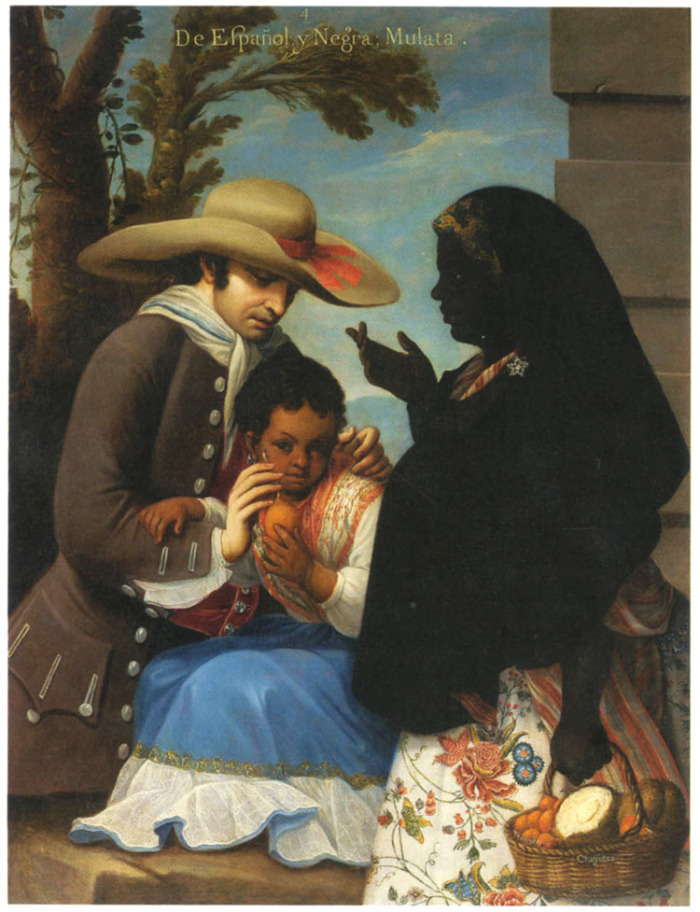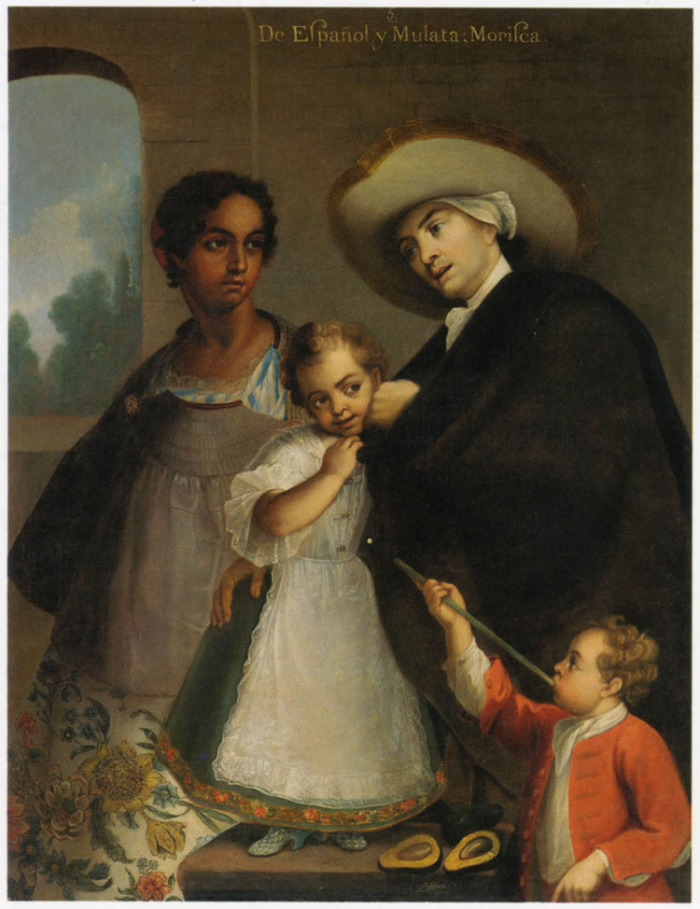|
Brown Fellowship Society
The Brown Fellowship Society (1790-1945), which became the Century Fellowship Society, was an African-American self-help organization in South Carolina. It eventually became the Century Fellowship Society. History The Brown Fellowship Society was founded in Charleston, South Carolina in 1790 with the motto “Charity and Benevolence”. It was founded by five free non-whites who attended St. Philip’s Episcopal Church: James Mitchell, George Bampfield, William Cattel, George Bedon, and Samuel Saltus. It was founded “to provide benefits which the white church denied them like a proper burial ground, widow and orphan care, and assistance in times of sickness”. The group’s cemetery was an important part of its function. Those who joined the club considered themselves “brown”, mulattoes, an important distinction at the time when society in Charleston recognized three races: White, Mulatto, and Negro, including octoroons and quadroons. Unlike some mutual self-help organiz ... [...More Info...] [...Related Items...] OR: [Wikipedia] [Google] [Baidu] |
Charleston, South Carolina
Charleston is the largest city in the U.S. state of South Carolina, the county seat of Charleston County, South Carolina, Charleston County, and the principal city in the Charleston metropolitan area, South Carolina, Charleston–North Charleston metropolitan area. The city lies just south of the geographical midpoint of South Carolina's coastline on Charleston Harbor, an inlet of the Atlantic Ocean formed by the confluence of the Ashley River (South Carolina), Ashley, Cooper River (South Carolina), Cooper, and Wando River, Wando rivers. Charleston had a population of 150,277 at the 2020 United States census, 2020 census. The 2020 population of the Charleston metropolitan area, comprising Berkeley County, South Carolina, Berkeley, Charleston County, South Carolina, Charleston, and Dorchester County, South Carolina, Dorchester counties, was 799,636 residents, the third-largest in the state and the 74th-largest metropolitan statistical area in the United States. Charleston was f ... [...More Info...] [...Related Items...] OR: [Wikipedia] [Google] [Baidu] |
Mulatto
(, ) is a racial classification to refer to people of mixed African and European ancestry. Its use is considered outdated and offensive in several languages, including English and Dutch, whereas in languages such as Spanish and Portuguese is not, and can even be a source of pride. A () is a female ''mulatto''. Etymology The English term and spelling ''mulatto'' is derived from the Spanish and Portuguese . It was a common term in the Southeastern United States during the era of slavery. Some sources suggest that it may derive from the Portuguese word (from the Latin ), meaning ' mule', the hybrid offspring of a horse and a donkey. The Real Academia Española traces its origin to in the sense of hybridity; originally used to refer to any mixed race person. The term is now generally considered outdated and offensive in non-Spanish and non-Portuguese speaking countries, and was considered offensive even in the 19th century. Jack D. Forbes suggests it originated in t ... [...More Info...] [...Related Items...] OR: [Wikipedia] [Google] [Baidu] |
Octoroon
In the colonial societies of the Americas and Australia, a quadroon or quarteron was a person with one quarter African/ Aboriginal and three quarters European ancestry. Similar classifications were octoroon for one-eighth black (Latin root ''octo-'', means "eight") and quintroon for one-sixteenth black. Governments of the time sometimes incorporated the terms in law, defining rights and restrictions. The use of such terminology is a characteristic of hypodescent, which is the practice within a society of assigning children of mixed unions to the ethnic group which the dominant group perceives as being subordinate. The racial designations refer specifically to the number of full-blooded African ancestors or equivalent, emphasizing the quantitative least, with quadroon signifying that a person has one-quarter black ancestry. Etymology The word ''quadroon'' was borrowed from the French ''quarteron'' and the Spanish ''cuarterón'', both of which have their root in the Latin ''qua ... [...More Info...] [...Related Items...] OR: [Wikipedia] [Google] [Baidu] |
Quadroon
In the colonial societies of the Americas and Australia, a quadroon or quarteron was a person with one quarter African/Aboriginal and three quarters European ancestry. Similar classifications were octoroon for one-eighth black (Latin root ''octo-'', means "eight") and quintroon for one-sixteenth black. Governments of the time sometimes incorporated the terms in law, defining rights and restrictions. The use of such terminology is a characteristic of hypodescent, which is the practice within a society of assigning children of mixed unions to the ethnic group which the dominant group perceives as being subordinate. The racial designations refer specifically to the number of full-blooded African ancestors or equivalent, emphasizing the quantitative least, with quadroon signifying that a person has one-quarter black ancestry. Etymology The word ''quadroon'' was borrowed from the French ''quarteron'' and the Spanish ''cuarterón'', both of which have their root in the Latin ''quar ... [...More Info...] [...Related Items...] OR: [Wikipedia] [Google] [Baidu] |
Bishop England High School
Bishop England High School is a diocesan Roman Catholic four-year high school in Charleston, South Carolina, United States. It was located on Calhoun Street in downtown Charleston until it moved to a newly constructed 40-acre campus located on Daniel Island in 1998. With an enrollment of 730, Bishop England is the largest private high school in the state of South Carolina. The school was founded in 1915 and was named after John England, the first bishop of the Roman Catholic Diocese of Charleston. History On September 22, 1915, Catholic High School opened as a department of the Cathedral School on Queen Street. The Reverend Msgr. Joseph L. O'Brien organized the school with the cooperation of the Reverend James J. May. At that time there were 74 students enrolled in four grade levels: seventh, ninth, tenth, and eleventh. That first faculty consisted of three diocesan priests and three Sisters of Charity of Our Lady of Mercy (O.L.M.). By the spring of 1916, a growing student en ... [...More Info...] [...Related Items...] OR: [Wikipedia] [Google] [Baidu] |
Avery Research Center For African American History And Culture
The Avery Research Center for African American History and Culture is a division of the College of Charleston library system. The center is located on the site of the former Avery Normal Institute in the Harleston village district at 125 Bull Street in Charleston, South Carolina. This historic secondary school trained Black students for professional careers and leadership roles, and served as a hub for Charleston’s African-American community from 1865 to 1954.Drago, Edmund L.(2006). ''Charleston's Avery Center: From Education and Civil Rights to Preserving the African American Experience'', The History Press. In 1978, the alumni of the Avery Normal Institute, led by Lucille Whipper, formed the Avery Institute of Afro-American History and Culture. They worked with the College of Charleston to establish the Avery Research Center in 1985 to preserve the legacy of the Avery Normal Institute and educate the broader community about the history and culture of African Americans in Cha ... [...More Info...] [...Related Items...] OR: [Wikipedia] [Google] [Baidu] |
African-American History In Charleston, South Carolina
African Americans (also referred to as Black Americans and Afro-Americans) are an ethnic group consisting of Americans with partial or total ancestry from sub-Saharan Africa. The term "African American" generally denotes descendants of enslaved Africans who are from the United States. While some Black immigrants or their children may also come to identify as African-American, the majority of first generation immigrants do not, preferring to identify with their nation of origin. African Americans constitute the second largest racial group in the U.S. after White Americans, as well as the third largest ethnic group after Hispanic and Latino Americans. Most African Americans are descendants of enslaved people within the boundaries of the present United States. On average, African Americans are of West/Central African with some European descent; some also have Native American and other ancestry. According to U.S. Census Bureau data, African immigrants generally do not self-i ... [...More Info...] [...Related Items...] OR: [Wikipedia] [Google] [Baidu] |



